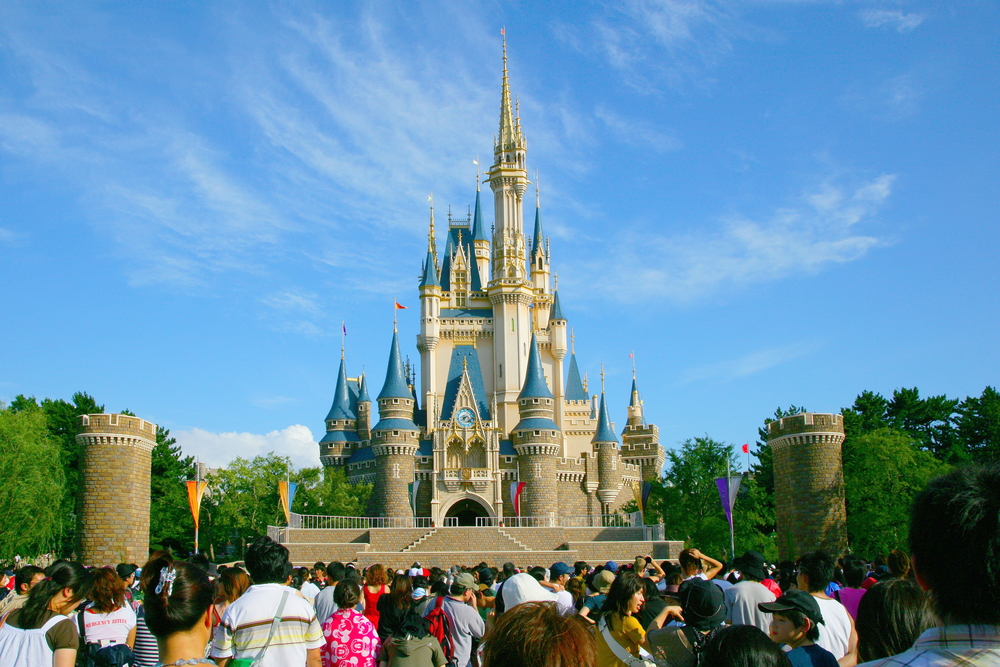In November of 2019, Indiana University professor Dr. Eric Rasmussen tweeted a quote — “geniuses are overwhelmingly male because they combine outlier high IQ with moderately low Agreeableness and moderately low Conscientiousness” — from an article titled “Are Women Destroying Academia? Probably.” After being picked up by students and various media outlets, Indiana University’s administration was flooded with calls for his dismissal — a response which was intensified by the larger patterns apparent in Rasmussen’s social media: in a letter sent to students, then-provost Lauren Robel described how Rasmussen’s social media activity reflected a variety of overtly sexist, homophobic, and racist beliefs. In an interview with CBS, however, Rasmussen argued that he could not be held responsible for the tweet or any of the other views which Robel ascribed to him, saying that “academic freedom should protect me, even if I believed all the things [Robel] attributed to me.” Though Robel found Rasmussen’s views “loathsome,” Robel noted that the First Amendment, and its protection of free speech, “is strong medicine, and works both ways.” Though he was forced to adopt double-blind grading, Rasmussen remained on faculty until his retirement in 2021.
Earlier this year, the tension underlying Rasmussen and Robel’s exchange was rekindled in a series of essays in The Chronicle of Higher Education. Amna Khalid (whose work I have discussed in these pages before) and Jeffrey Aaron Snyder argued that when concerns about diversity, equity, and inclusion come into conflict with academic freedom, “academic freedom must prevail.” Stacey Hawkins, who serves as Vice dean and Professor of Law at Rutgers Law School, argued against Khalid and Snyder’s categorical position, writing that administrators, in resolving such conflicts, must “measure the relative harms, evaluate facts and circumstances, and render judgments that elevate the needs of the many over the needs of the few.” This drew a significant response, including a cutting critique from Brian Leiter — the Director of the Center for Law, Philosophy & Human Values at the University of Chicago — which couldn’t have a more unambiguous title: False That Academic Freedom Must Sometimes Cede to DEI Objectives.
. . .
Political freedoms — such as freedom of speech, religion, or privacy — are not monolithic: rather than being independent from one-another, the various forms of freedom which we hold dear are deeply interconnected, with each checking and balancing each other. Though your doctor, for example, has a right to freedom of speech, they are not permitted to disclose your protected health information without your permission; though your teacher has freedom to practice their religion, they cannot proselytize in a public school. In both of these cases, the freedom of one is limited by the freedom of another: your doctor’s right to free speech is limited by your right to privacy, and your teacher’s freedom of religion is limited by your own freedom of religion.
Academic freedoms are no different: they exist in relationship to other rights and other freedoms. This simple claim, however, can be incredibly easy to overlook. Consider the definition of academic freedom advanced by the American Association of University Professors (AAUP):
Academic freedom is the freedom of a teacher or researcher in higher education to investigate and discuss the issues in his or her academic field, and to teach or publish findings without interference from political figures, boards of trustees, donors, or other entities. Academic freedom also protects the right of a faculty member to speak freely when participating in institutional governance, as well as to speak freely as a citizen.
Most of us would hold that, in most cases, a researcher should be free to investigate issues in their field; but this freedom is not absolute, and the AAUP’s definition fails to properly acknowledge the ways academic freedoms can infringe upon — or clearly violate — the freedoms of others. Researchers are not free to withhold life-saving interventions, and lie about doing so, in order to study the natural progression of a disease; researchers are not free to spread plague-infected fleas in order to study the efficacy of various biological warfare strategies. These were very real experiments, done in the name of generating knowledge and furthering a field of inquiry — to the absolutely horrifying cost of the human beings who were sacrificed. In response to these human rights abuses by researchers, an entire field of medical research (now known as bioethics) was created, and strict protocols were established through Institutional Review Boards (IRBs) to confirm that researchers did not infringe upon the rights of research subjects. This reflects a sensible picture of academic freedom: that academic freedoms, like all freedoms, are limited by other forms of freedom and the ethical obligations which they impose on researchers. I would not accuse the AAUP of supporting unethical research; their definition of academic freedom, however, completely ignores the balance which must be struck between any form of freedom and all others.
Further, an academic cannot merely invoke academic freedom to absolve themselves of their larger ethical obligations. In the context of research, professors are routinely fired, and research is routinely retracted, for failing to abide by IRB procedures — and few would argue that they shouldn’t be. What qualifies as teaching, similarly, is not left up to professors to decide: we do not, and should not, tolerate when professors are abusive to students as part of their “teaching” process. Whether it be in the context of research or teaching, holding academics accountable requires that academic freedom be limited.
If academic freedoms, like all other freedoms, are understood in this interdependent way, then the picture painted by the Rasmussen Controversy and the debate in The Chronicle of Higher Education is cast in a very different light. It’s plausible to claim that Rasmussen’s academic freedoms are limited by his student’s freedom from discrimination, rendering the claim that academic freedom entirely absolves him of responsibility inert (and Robel’s decision to retain him ethically questionable). It’s equally plausible to claim that universities have an obligation to not just protect students from discrimination, but also to proactively support diversity, equity, and inclusion — and, therefore, that academic freedoms must be balanced against and limited by these obligations. Where this balance is struck, and in what particular instances academic freedom should be limited, is a matter which will be settled over intentional and meaningful debate. But such limitations do exist, and such a debate must be had in earnest — however forcefully claims to the contrary are made.





